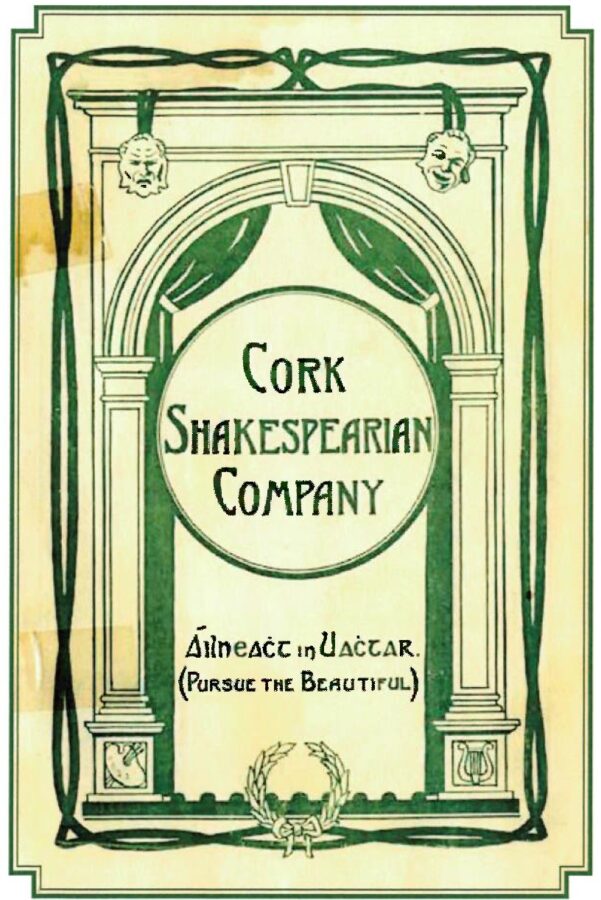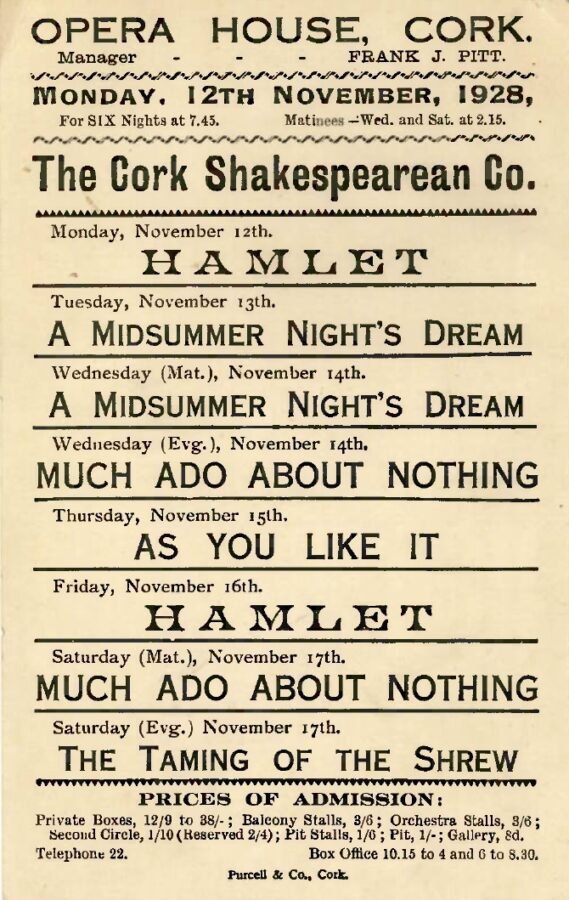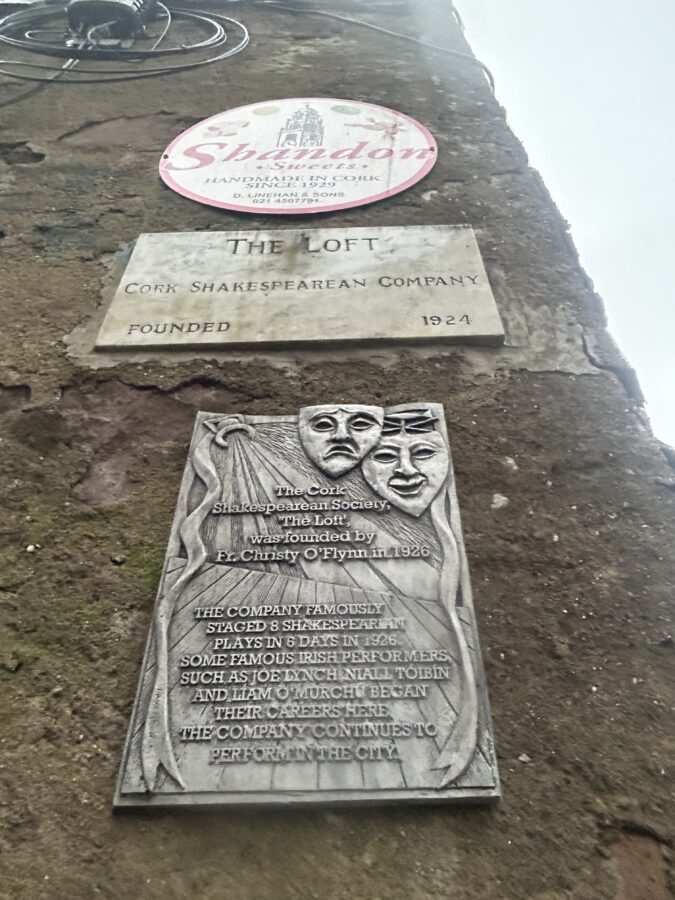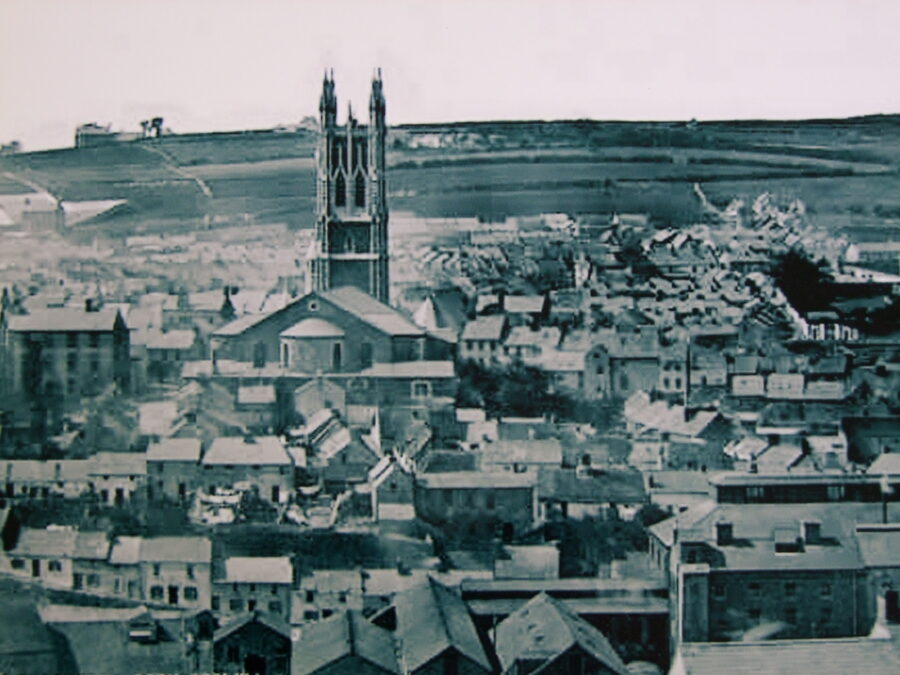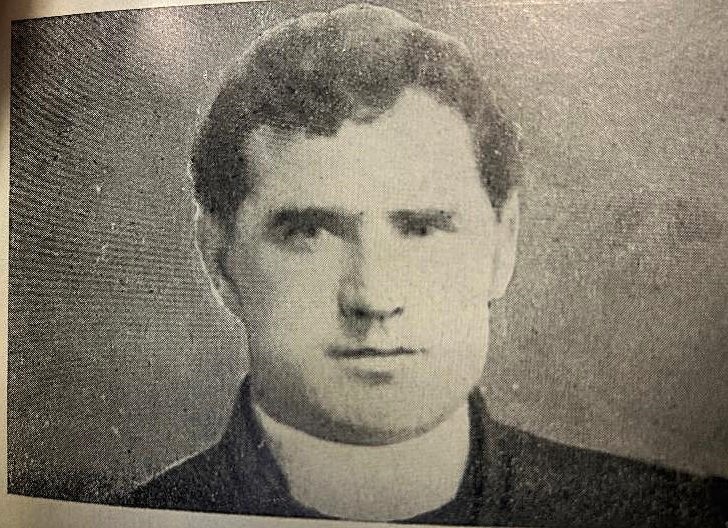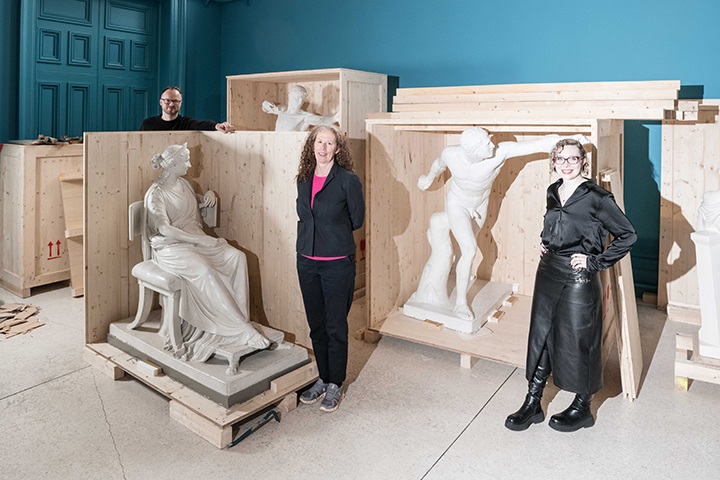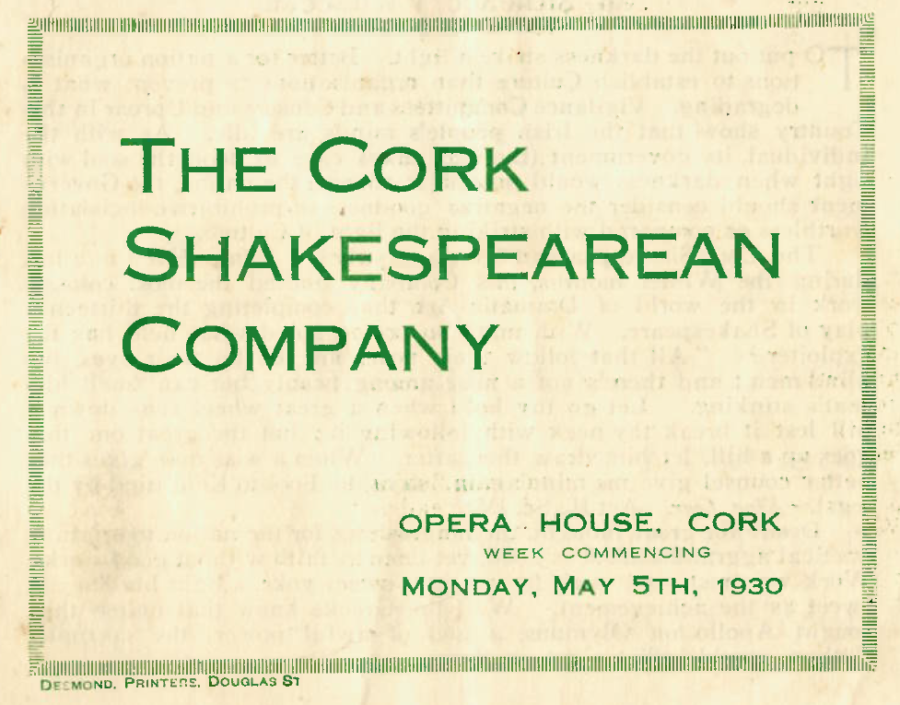
Kieran’s Our City, Our Town Article,
Cork Independent, 6 February 2025
Making an Irish Free State City – Figures of the Cork Shakespearean Company
As time rolled on for the Cork Shakespearean Company, many of its members stayed to champion the Company, but grew older, or left to take up duties in several walks of life. A short few of these members were showcased in the press such the Cork Examiner over the decades.
On 18 October 1933, the Cork Examiner notes that congratulations were given by the Company to young actor Jack Curran. Jack was raised to the Priesthood in Rome. He was the first Company member to be ordained. The Cork Examiner noted: “To the older members it seemed a very short time ago since Jack Curran, as a little boy, struggled with difficulties. Overcoming these difficulties he was able to play Hamlet with distinction at the Cork Opera House”.
On 26 March 1938, reference is given in the Cork Examiner that another popular actor of the Cork Shakespearean Company Henry A MacCarthy, had been appointed as Ireland’s representative on the Advisory Committee on Social Questions at the League of Nations. Henry came from a well-known Cork family, being the son of Mr Charles MacCarthy, sanitary engineer with Cork Corporation.
Henry MacCarthy qualified for the bar and was called in 1916. He had a flourishing practice in Cork both in the days of the British Empire and later under the Irish Free State legal system. He also enjoyed many social activities in the city. Chief of these was his interest in the Cork Shakespearean company and one of the roles by which he was best remembered by Cork audiences was that of Christopher Sly in the prologue of the Taming of the Shrew.
Henry was noted to have been gifted with a very fine diction. He was appointed to teach elocution in the Cork School of Music. He had just given only two or three lessons when the news of his appointment as a district justice was received. He acted as a temporary district judge filling in for justices who are on holidays or otherwise unable to carry on. In this capacity he visited practically every court in the country. The appointment was made about 1931 and soon after Henry became permanent in the Dublin District Court where he was regarded as a kindly and popular gentleman. In Dublin Henry took part in the Dublin Shakespeare Society for many years and also in several drama festivals in the Dublin region.
Another key stalwart of the Company and who assisted Fr O’Flynn to keep the Cork Shakespearian Company on the road from the 1930s to the 1960s was Eileen Curran. She was involved with the company from the very beginning. She was a member of a well-known Cork family, her great grandfather, was Patrick Curran, a well-known baker. She was sister of Rev Bernard (Jack) Curran OP of St Mary’s, Cork, Mr Chris Curran who was a well-known stage, radio and TV actor, Mrs Seán Clayton, Dún Laoghaire, County Dublin, Miss Chrissie Curran, Cork, and Alfred Curran.
In the Cork Examiner across the 1940s advertisements showcase her giving elocution/ speech training at Skerry’s College on the16 South Mall. She was also a popular recitation artist at variety concerts across the city.
Eileen maintained the closest association with the Cork Shakespearean Company over the years and continued the great traditions set by its distinguished priest founder. She was also responsible for the annual musical productions in St Aloysius College on Sharman Crawford Street, where she taught elocution and singing.
On Eileen’s death on 9 April 1977 Mr Pearse Gunn, well-known Cork producer, who had been associated with Miss Curran for many years noted to the Evening Echo that Eileen’s contribution to the Cork Shakespearian Company was monumental. He noted: “The Company would not have survived after the death of Fr O’Flynn, but for her work and dedication. Fr O’Flynn left the Loft to Eileen Curran and by that I mean he intended that she should carry on the work he started. He had a very distinct method and style, and none could interpret its greatness better than Eileen who was a founder member and an actress of no mean ability”.
Another core supporter was Gus Healy. He was chairman and a founder member of the Cork Shakespearean company. Many actors who performed at the Loft were initiated into the arts of acting through his efforts. Gus played the leading role in many Shakespeare plays.
The Dictionary of Irish Biography denotes that Gus was born on 20 May 1904 on Castle Road, Blackrock, Gus was the second of two sons of Timothy Healy, collector for the Cork Gas Company, from Cork, and his wife, Pauline Groegor, from Germany. Gus was educated at the North Mon. When he left school he worked for a year in a saddlery business on Leitrim Street, Cork. He then went onto train as a dental assistant under Isa Scher at St Patrick’s Hill. By 1938 Gus had opened his own business in Grand Parade, Cork.
In 1943, Gus ran a successful campaign as an independent Councillor candidate in the Local Elections for Cork Corporation. In 1948 he joined Fianna Fáil. In February 1957, he was elected to Dáil Éireann. He married Rita McGrath on 4 February 1957 and they lived at the View, Montenotte, Cork and later at Church Road, Blackrock.
Gus lost his Dáil seat in 1961 but served in Seanad Éireann for the following four years. He was re-elected to Dáil Éireann in 1965 and remained a Deputy until he retired in 1977. The Dictionary of Irish Biography recalls he held a number of chairmanship positions in Dail Eireann committees.
Gus was twice Lord Mayor of Cork in 1965-6 and 1974-5. As part of his Corporation work, he held a number of positions. The Dictionary of Irish Biography recalls; “Mr Healy was a member of Southern Health Board and the City of Cork VEC. He was chairman of the Cork Film Festival, which also included the Cork International Choral Festival, and a director of Cork Opera House. He was chairman of the Cork Tóstal council from its inception in 1954, chairman of the former Cork advisory committee and regional director of the Ivernia Regional Tourist Company”.
The Dictionary of Irish Biography also outlines that Gus took a prominent and active part in sport in Cork. He was a teacher of swimming with long ties with Sunday’s Well Swimming Club. The Gus Healy swimming pool in Douglas is named in his honour. He became president of the Irish Amateur Swimming Association in 1943 and later President of the Munster branch of the Irish Rugby Football Union. He was president of the Aloysius Camogie Club, Cork for over thirty years. A director of the National Association for Cerebral Palsy, Gus was also chairman of its local branch, the Cork Spastic Clinic and of the Cork branch of the Irish Red Cross.
To be continued…
Caption:
1290a. Front cover of 1930 programme for Cork Shakespearean Company (source: Cork City Library).

